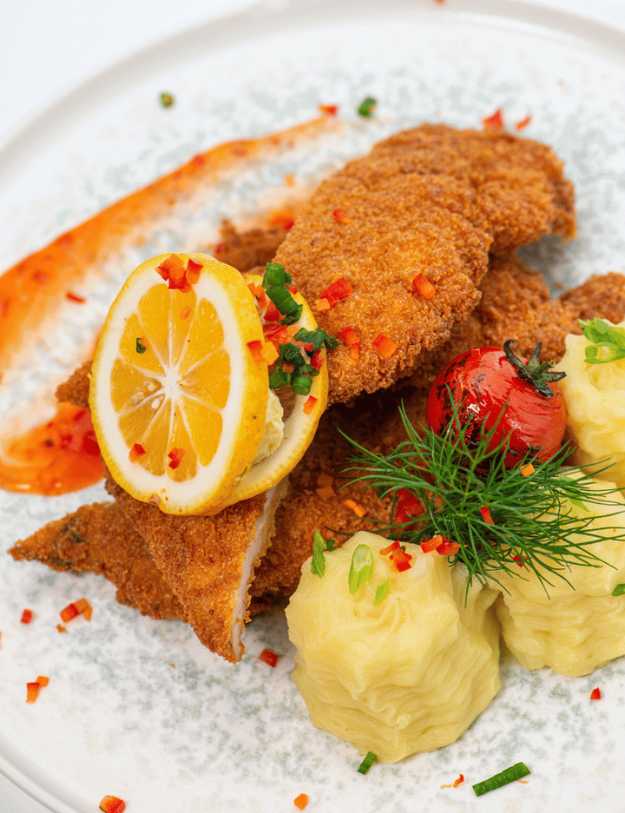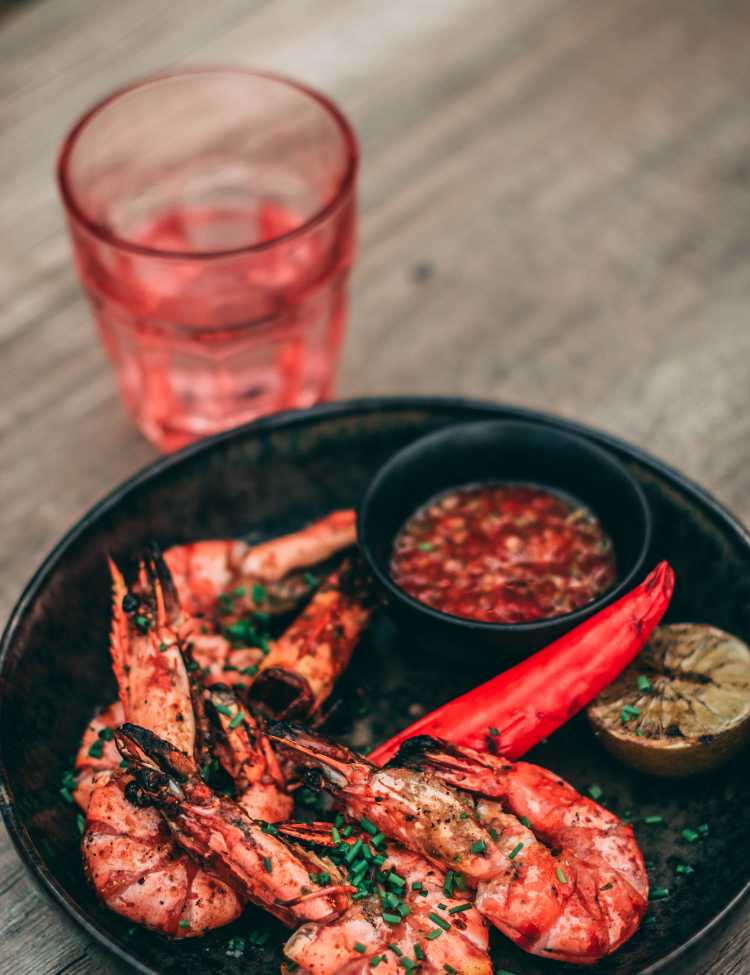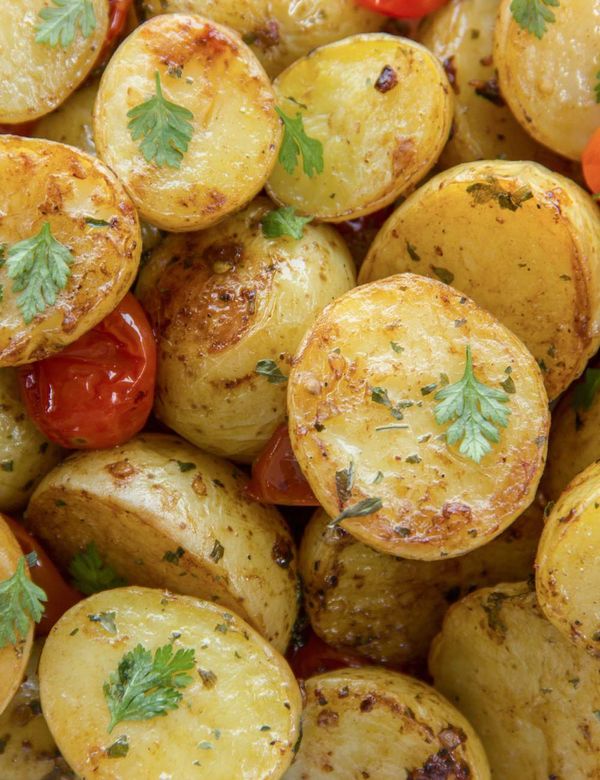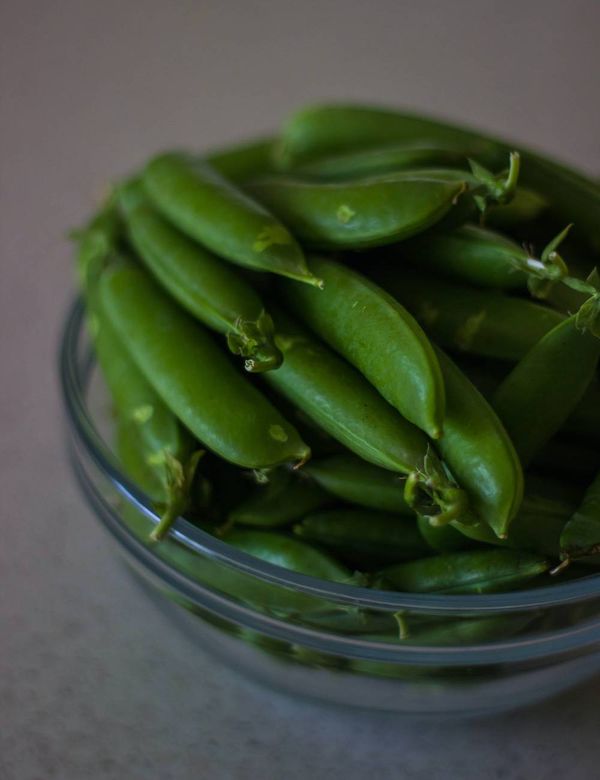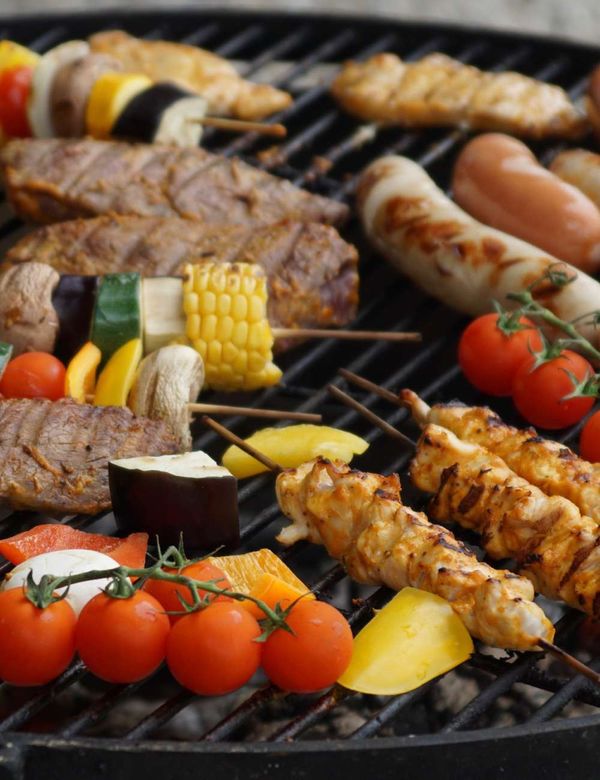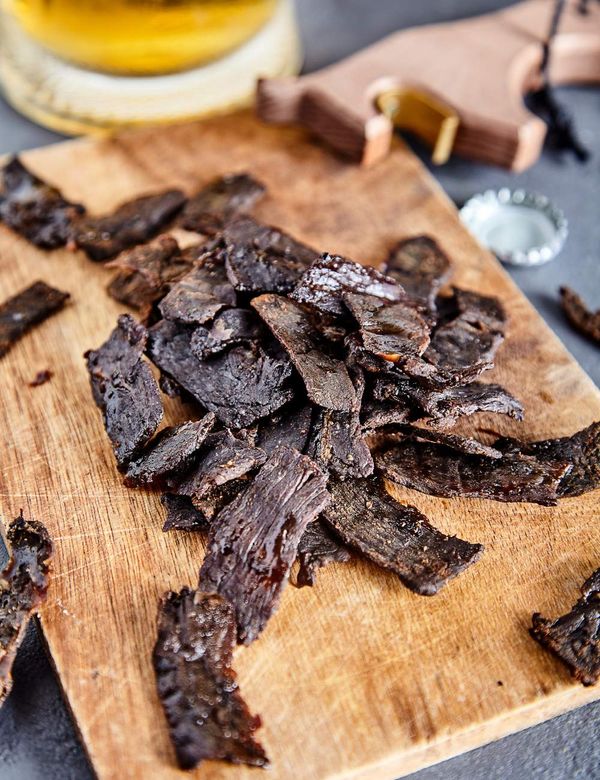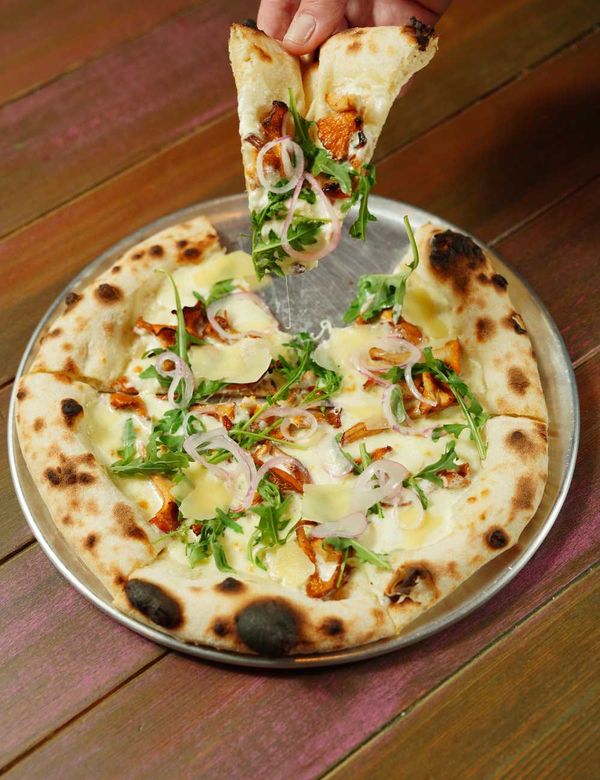Are you wanting to cook the perfect walleye at home?
You’ve come to the right place!
With this ultimate guide, we will provide you with all the tips and tricks you need for creating delicious walleye dinners.
From picking out fresh ingredients to mastering cooking techniques, our guide encompasses everything that’s needed for making mouth-watering homemade meals.
Unlock your inner chef!
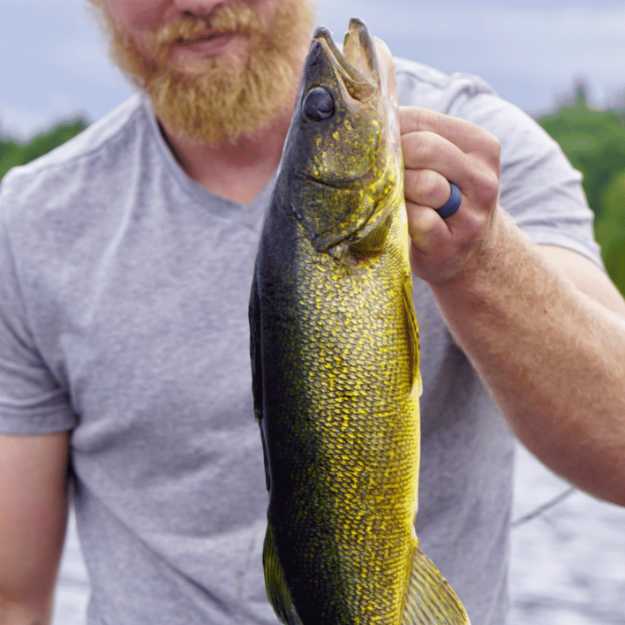
Get ready to master how to prepare every kind of walleye dish imaginable - from pan frying and grilling, to baking fillets in a creamy sauce.
Plus, learn about a range of flavor combinations and ingredient pairings that will tantalize even the pickiest eaters.
Follow our step-by-step instructions so that you can create delicious dishes with confidence!
Read more today about how to make perfectly cooked walleye every time.
Key Points
•Use fresh walleye: For the best flavor and texture, it's important to start with fresh fish.
•Keep it simple: Walleye has a delicate flavor that can be easily overwhelmed by strong spices or marinades. Opt for simple seasonings like salt, pepper, and lemon.
•Choose the right cooking method: Walleye can be cooked in a variety of ways, including grilling, broiling, baking, and pan-frying. Choose a method that suits your taste preferences and cooking skills.
•Cook it quickly: Walleye is a lean fish and can dry out if overcooked. To keep it moist and tender, cook it quickly over high heat.
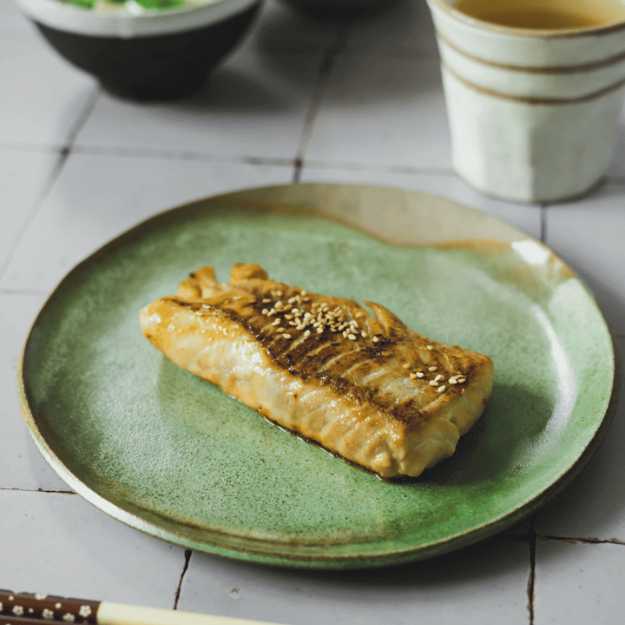
Selecting the Best Walleye for Cooking: What to Look For
When selecting walleye for cooking, there are a few key things to keep in mind.
Firstly, look for fresh walleye that has been properly stored at the fish market or grocery store.
Fresh walleye should smell clean and have clear eyes, shiny skin, and firm flesh.
If possible, choose walleye that has been sustainably harvested and is of a good size for cooking - typically 1-2 pounds is ideal.
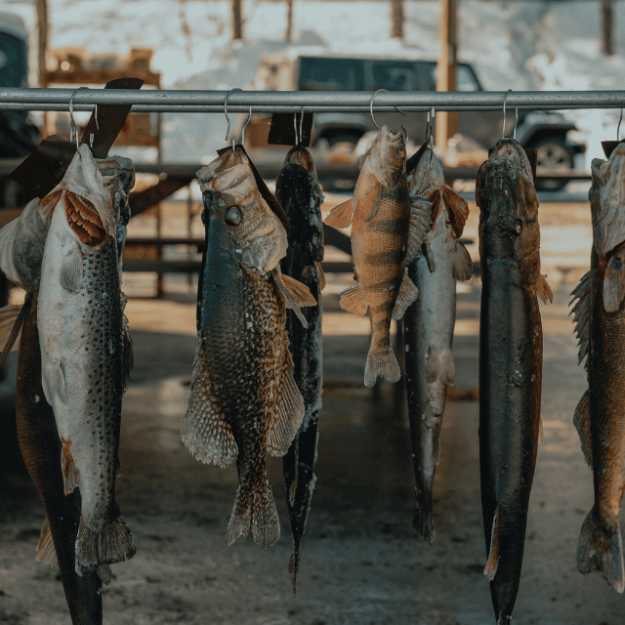
When purchasing walleye fillets, make sure they are free from any discoloration or bruising.
Finally, if you're not planning to cook the walleye right away, be sure to properly store it in the refrigerator or freezer until you're ready to start cooking.
By selecting the best quality walleye, you'll lay the foundation for a delicious and satisfying meal.
Seasoning and Flavoring Options for Delicious Walleye
When it comes to seasoning and flavoring walleye, there are countless options to choose from.
One of the most popular seasonings for walleye is lemon pepper, which adds a zesty, fresh taste to the fish.
Other great seasonings include garlic powder, onion powder, paprika, and cayenne pepper, which can add a bit of spice and heat.
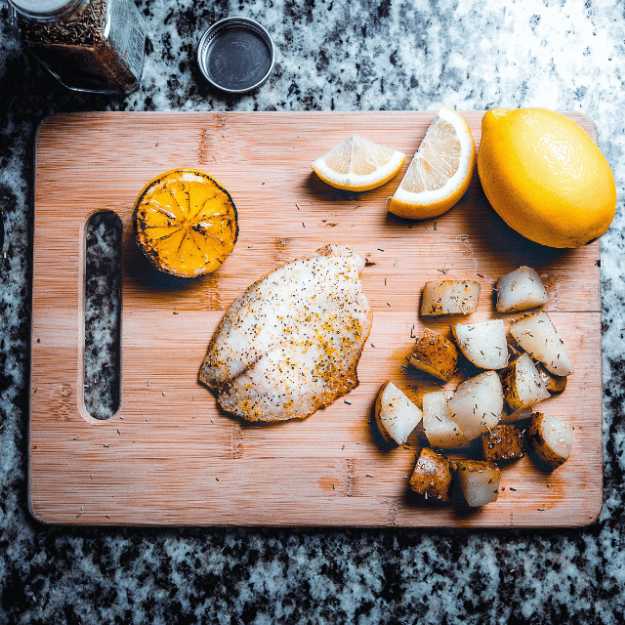
Many people also like to use fresh herbs like dill, parsley, and thyme to give their walleye a more nuanced flavor.
If you're looking to mix things up, try marinating your walleye in a mixture of soy sauce, honey, and ginger for a sweet and savory result.
Another option is to top your cooked walleye with a simple butter and herb sauce or a squeeze of lemon juice for an added burst of flavor.
Whatever seasoning or flavoring you choose, be sure to taste test along the way to ensure it complements the natural flavor of the walleye.
Understanding the Different Cooking Methods for Walleye
There several different cooking methods that work well for preparing walleye, each with its own unique benefits and characteristics.
One popular method is making pan-seared walleye, which involves heating oil or butter in a skillet over medium-high heat and cooking the walleye fillets until they're golden brown and crispy on the outside.
Grilling is another popular cooking method that can impart a smoky flavor to the fish while keeping it moist and tender.
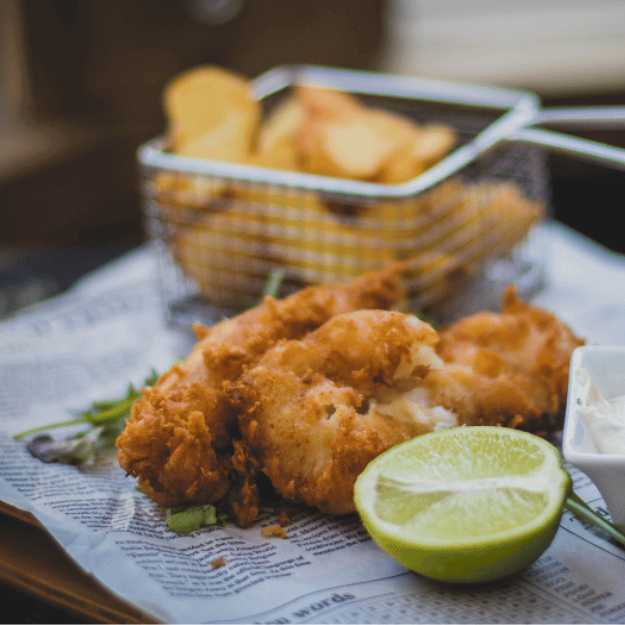
Baking is a simple and healthy option that involves placing the walleye fillets in a baking dish and cooking them in the oven until they're fully cooked through.
Poaching and steaming are more gentle cooking methods that involve simmering the walleye in a flavorful liquid until it's cooked through.
Ultimately, the best cooking method for walleye depends on personal preference and the desired outcome, whether you're looking for a crispy crust, a smoky flavor, or a tender and moist texture.
Grilling Techniques for Perfectly Cooked Walleye
Grilling is a great way to prepare walleye, as it imparts a smoky flavor while keeping the fish moist and tender.
To start, preheat your grill to medium-high heat and lightly oil the grates to prevent sticking.
If you're using skin-on walleye fillets, place them on the grill skin-side down and cook for 5-7 minutes before gently flipping them over and cooking for an additional 2-3 minutes.
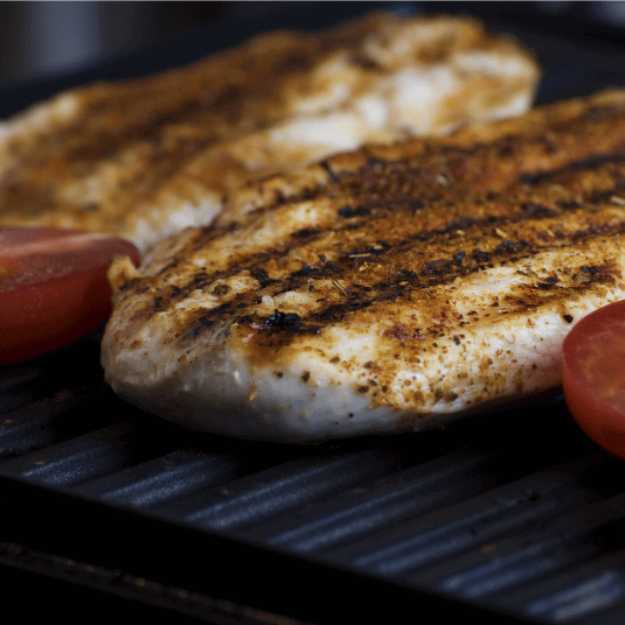
If you're using skinless fillets, use a grilling basket or wrap them in foil to prevent them from falling apart on the grill.
To add some extra flavor, brush the walleye with a mixture of melted butter, lemon juice, and herbs halfway through the cooking process.
Be sure to keep a close eye on the fish to prevent overcooking, and use a meat thermometer to ensure the internal temperature of the walleye reaches at least 145°F.
When done correctly, grilling can be an excellent way to cook walleye that's both flavorful and perfectly cooked.
The Science of Pan-Frying Walleye: Tips for Achieving Optimal Results
Pan-frying is a popular cooking method for walleye that can produce delicious and crispy results.
To start, heat a thin layer of oil or butter in a skillet over medium-high heat until hot.
Dredge the walleye fillets in a flour mixture, cornmeal, or bread crumbs to create a crispy coating, then carefully add them to the skillet.
Cook the fillets for 2-3 minutes per side, or until golden brown and crispy.
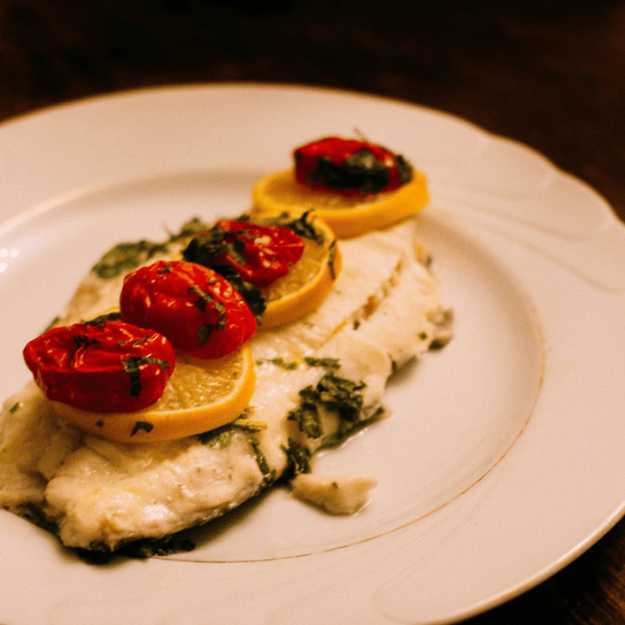
One key to successful pan-frying is watching the heat - if the pan is too hot, the walleye will burn, but if it's not hot enough, the fish won't develop a crispy crust.
Another tip is to avoid crowding the pan, as this can cause the walleye to steam instead of fry.
Finally, be sure to let the walleye rest for a few minutes after cooking to allow the juices to redistribute throughout the fish.
With these tips in mind, you can achieve optimal results when pan-frying walleye that are both flavorful and crispy.
Baking Walleye: An Easy and Healthy Cooking Method
Baking is a simple and healthy cooking method that works well for walleye, as it locks in moisture and allows the fish to cook evenly.
To start, preheat your oven to 400°F and lightly oil a baking sheet.
Place the walleye fillets in the dish and season with salt, pepper, and your choice of herbs or spices.
Bake the walleye for 10-12 minutes or until it's fully cooked through and flakes easily with a fork.
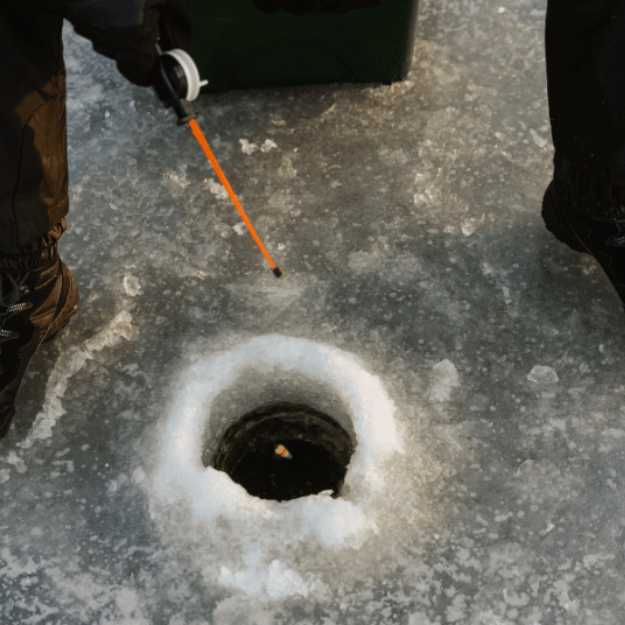
One benefit of baking is that it requires very little effort or attention, allowing you to prepare other components of your meal while the walleye cooks.
Additionally, because no additional fat is required, baking is a healthy option that won't add any unnecessary calories to your diet.
Whether you're looking for a simple and nutritious weeknight meal or an easy way to cook walleye for a group, baking is an excellent option that's both delicious and healthy.
Tips for Smoking Walleye to Perfection
Smoking is a great way to cook walleye, as it imparts a rich and flavorful taste while keeping the fish moist and tender.
To start, choose your preferred type of wood chips - hickory, apple, and cherry are all popular options that can add a unique flavor to the fish.
Soak the wood chips in water for at least an hour before using them to prevent them from burning too quickly.
Preheat your smoker to 225°F and place the walleye fillets on the cooking grate.
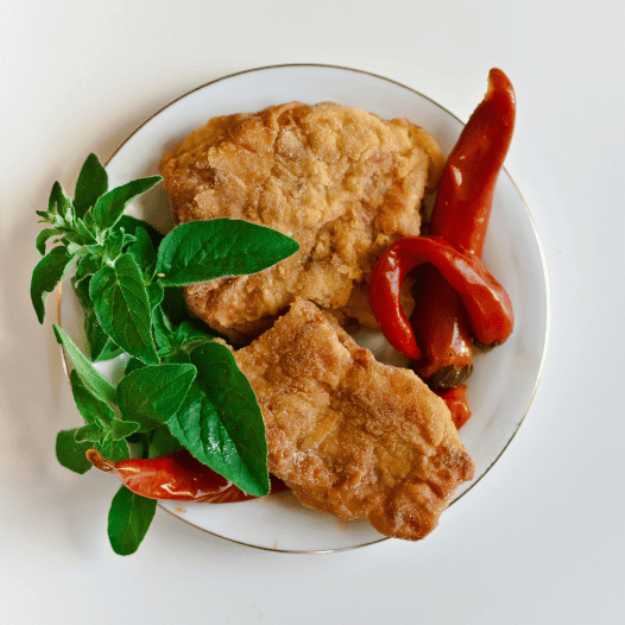
Smoke the fish for 2-3 hours, or until the internal temperature reaches at least 145°F.
One key to successful smoking is to keep the temperature low and steady, as high temperatures can cause the walleye to dry out or overcook.
Additionally, be sure to baste the walleye with a mixture of melted butter, lemon juice, and herbs halfway through the cooking process to add some extra flavor.
With these tips in mind, you can achieve perfectly smoked walleye that's both tender and delicious.
Preparing Walleye for Cooking: Cleaning and Filleting Tips
Preparing walleye for cooking involves several important steps to ensure the fish is fresh, clean, and ready to cook.
To start, rinse the walleye thoroughly in cold water and pat it dry with paper towels.
Use a sharp fillet knife to remove the head and tail, then make an incision along the belly of the fish.
Remove the internal organs and scrape away any residual blood and debris. Once the fish is cleaned, use the fillet knife to remove the skin and bones.
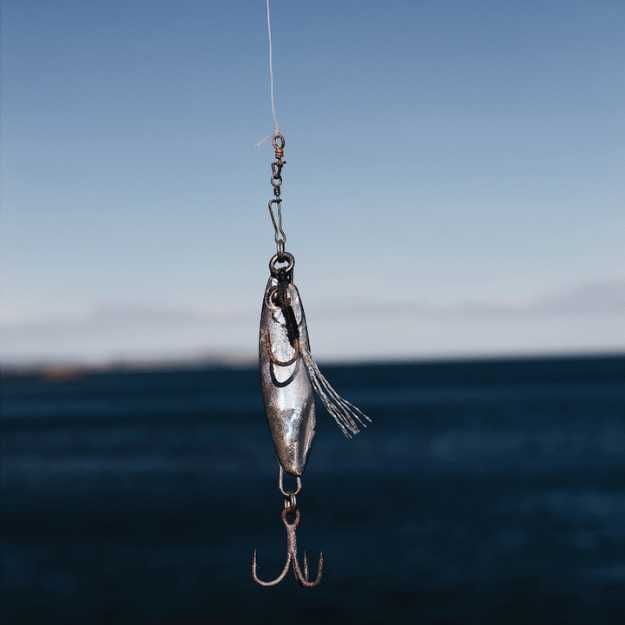
Start at the tail end and hold the fillet firmly with your non-dominant hand while slicing along the spine with your dominant hand.
Once you've removed the fillets, use tweezers or pliers to remove any remaining pin bones.
Rinse the fillets again in cold water and pat them dry before cooking.
Properly cleaning and filleting walleye is essential for ensuring that the fish is safe to eat and free from any undesirable flavors or textures.
Pairing Sides and Beverages with Your Cooked Walleye
Pairing the right sides and beverages with your cooked walleye can take your meal to the next level.
When it comes to side dishes, a simple herb roasted potato or sautéed vegetables such as green beans or asparagus can complement the flavors of the fish while providing a nutritious addition to your meal.
Another classic side dish for fish is a refreshing cucumber or tomato salad.
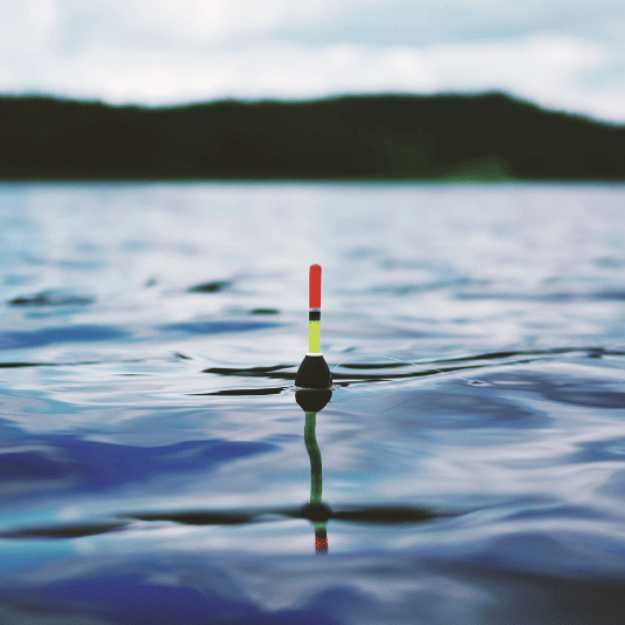
For beverages, white wine such as Sauvignon Blanc or Chardonnay pairs well with walleye, as their light and crisp flavors work well with the delicate taste of the fish.
Alternatively, if you prefer a non-alcoholic option, sparkling water or citrus-infused tea is a refreshing choice that can help balance out the richness of the walleye.
Ultimately, the key to pairing sides and beverages with walleye is to choose flavors that complement rather than overpower the fish, allowing its natural taste to shine through.
Enhancing Presentation: Plating and Garnishing Techniques for Cooked Walleye
Plating and garnishing cooked walleye is an important part of making your meal look as good as it tastes.
To start, choose a plate that's large enough to hold the fish without overcrowding it.
Place the walleye fillets in the center of the plate and arrange any side dishes around them.
For a simple presentation, sprinkle the fish with chopped fresh herbs or a squeeze of lemon juice.
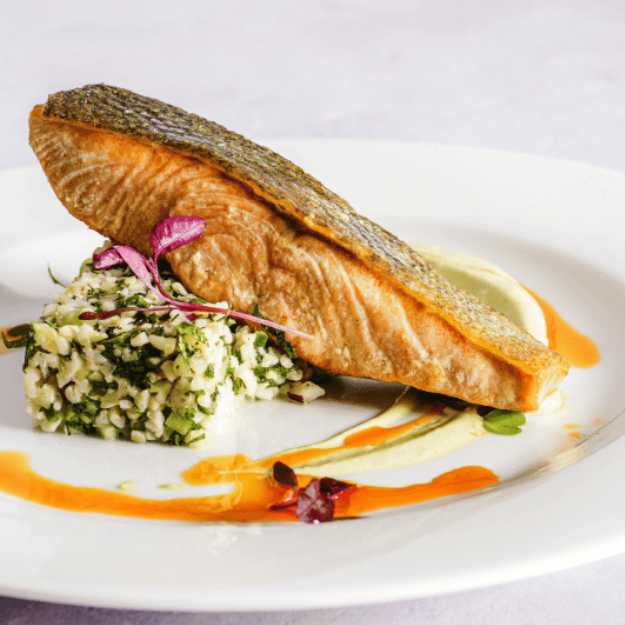
Alternatively, for a more elaborate presentation, consider adding a garnish such as a sprig of fresh parsley, a slice of avocado, or a drizzle of hollandaise sauce.
Another way to enhance the presentation is to use different colors and textures on the plate.
For example, you can add some color to the plate by including a bright red tomato salad or some roasted carrots.
Ultimately, the key to plating and garnishing is to create a visually appealing presentation that complements the flavors and textures of the walleye, making your meal not only delicious but also memorable.
The Ultimate Guide to Cooking Delicious Walleye at Home: FAQ Section
Cooking the best walleye can be a daunting task.
For even the most experienced cooks, getting the flavors just right can be tricky.
You don't want to waste precious time and money on ingredients that just don't work out the way you'd planned.
Nor do you want to miss out on all the amazing dishes you could make with walleye.
That's why we created our FAQ section - to give you the answers and confidence you need to create amazing meals with walleye.
Get the ultimate guide to cooking walleye today!
What is the best way to cook walleye?
The best way to cook walleye is to pan fry it.
To do this, you'll need a non-stick skillet, butter or oil (your choice), and seasonings of your choice.
Heat the stove to medium heat and melt the butter or oil in the skillet.
Carefully place fillets in the skillet skin side down and let cook for 4 minutes; flip over once and cook for another 3-4 minutes until the fish is cooked through.
How do I properly clean and fillet walleye before cooking it?
Cleaning a walleye is simple.
First, using a sharp fillet knife, make a shallow cut along the back of the fish from head to tail.
Then carefully remove the guts and discard them.
Finally, run your knife following the spine from head to tail and pull away the flesh to remove it in two large fillets.
Once you have removed both fillets, use a clean cloth to wipe away any remaining fish flakes, scales, or pieces of flesh into a shallow bowl (fish flakes easily come off) before cooking your walleye in whatever delicious way that you choose!
What seasonings or marinades work well with walleye?
Well, walleye has a mild flavor so it is best to pair it with subtle seasonings and marinades.
One of the most popular options is paprika, garlic powder, salt, and pepper.
This combination will give the walleye a nice smoky flavor without overpowering its taste.
A classic combination of olive oil with lemon juice also works really well; you can add some minced herbs like parsley or oregano for added depth of flavor.
Can I grill walleye, and if so, how long should I cook it for?
Yes, you can definitely grill walleye. For the best results, set your grill to medium-high heat and cook the fish for about 8 minutes per side.
Make sure that your walleye is at least 1 inch thick before cooking to ensure that it cooks evenly.
Is it better to pan-fry or bake walleye?
Generally speaking, it is better to make pan-fried walleye.
This is because pan-frying is a good way to quickly cook the delicate flesh of the fish, making sure that it does not become dry or overcooked while still achieving a crispy exterior.
Baking can sometimes be a bit more tricky as ovens tend to dry out food over time, particularly with thinner fillets such as those found in walleyes.
What temperature do I need to cook walleye to ensure it's safe to eat?
Walleye should be cooked to an internal temperature of 145°F.
It's important to use a food thermometer to make sure the fish is cooked all the way through; poke it with a fork or other sharp object and if it flakes easily, that's a good indication that it's done.
Avoid overcooking your walleye as this could result in dry texture and reduce flavor.
How do I prevent the walleye from drying out while cooking?
To prevent the walleye from drying out while cooking, be sure to cook it at a low temperature.
Use gentle heat on the stovetop or an easy-baked walleye recipe in an oven with moderate temperatures (325-350°F).
Additionally, brush the fillets lightly with cooking oil before cooking and avoid overcooking - walleye is best when cooked just until it flakes apart.
What are some common mistakes to avoid when cooking walleye?
Common mistakes to avoid when cooking walleye include:
• Overcooking - Overcooking can lead to dry, tough fish with an unappetizing texture. It’s important to note that walleye cooks quickly – aim for 3-4 minutes per side or until the flesh flakes apart easily.
• Not seasoning properly – Seasonings such as lemon juice, salt and pepper should be added prior to cooking the walleye in order for them to fully absorb into the fish’s flesh.
• Not using enough oil or butter – Walleye tends to stick easily when cooked over high heat, so it is advised that plenty of oil or butter be used when pan-frying.
How can I tell if the walleye is cooked all the way through?
Check the internal temperature of the walleye with a quick-read food thermometer.
The fish is done when it reaches an internal temperature of 145 degrees Fahrenheit or 63 degrees Celsius.
You can also insert a fork into the fillet and twist it in, if the flesh flakes off easily then it’s ready to serve.
What are some other ingredients to boost the flavor of your favorite walleye recipe?
Adding panko bread crumbs to walleye recipes can boost the flavor and give it a crunchy texture.
Tartar sauce is another great option as it will add a creamy tanginess to the dish.
Lastly, for more savory and zesty flavor, try adding some fresh lemon wedges when serving.
What are some tasty side dishes that complement cooked walleye?
A delicious side dish to complement cooked fresh walleye fillets is a classic, homemade potato salad.
Simply boil some potatoes until they are tender, then combine them with mayo, chopped onion and celery, salt and pepper to taste.
This classic combination will pair nicely with the delicate flavor of walleye.
The Best Way to Cook Walleye
In summary, cooking walleye fish is easy and rewarding!
You can fry it, bake it or cook it in soups and stews.
Whether you’re a fan of delicate flavoring or prefer something with a little bite, you can find something delicious to make with the right recipes.
Just remember that when cooking walleye to always buy freshwater fish as frozen or processed varieties are not recommended.
No matter how you choose to prepare this tasty fish, thank you for learning about all the different methods from our article today!
Now that your pantry is stocked with insights on this versatile fish, why not check out some other related articles?
And if you want to keep up with future posts, be sure to subscribe so you never miss an informative article from us again!

